A set of 6 numeracy assessment tools suited to Year 5 students
This set of 38 numeracy questions covers the following fundamental maths concepts:
- shape
- time
- chance and data
- money
- number and algebra
- measurement.
The questions have been written in a multiple choice style. An answer sheet has been included.
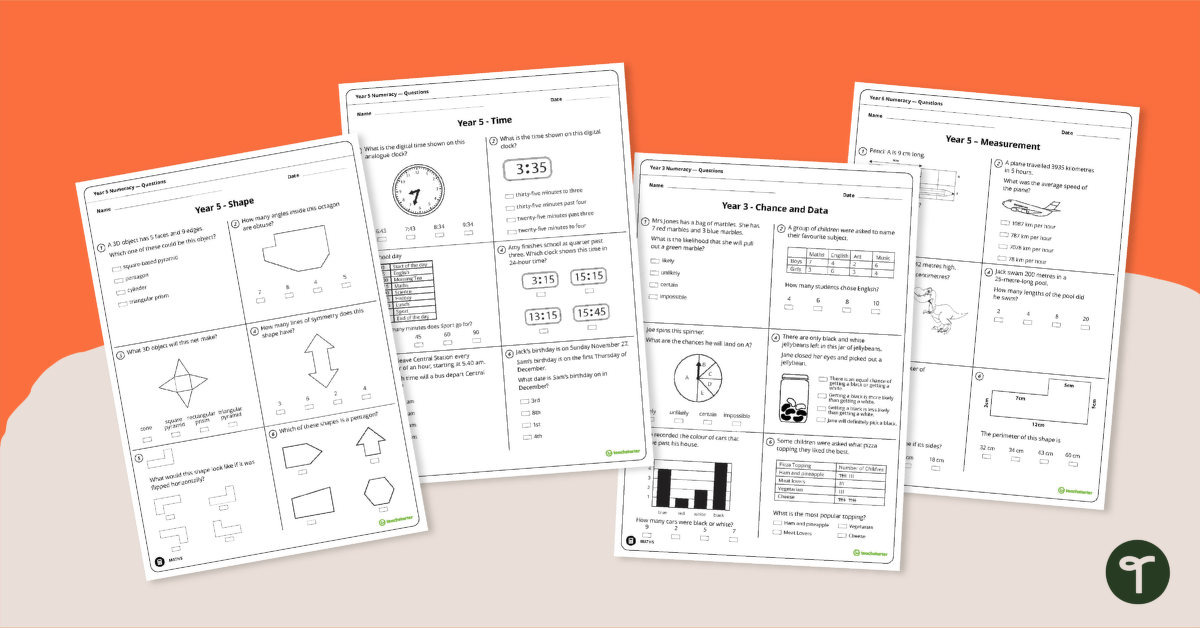

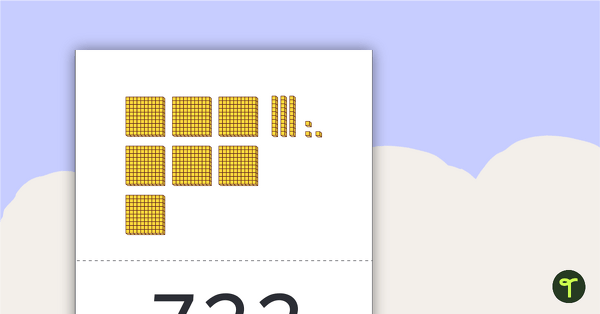
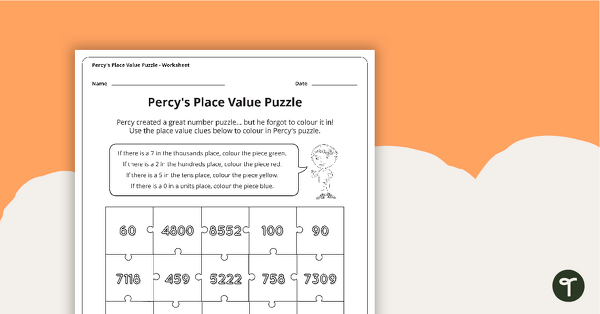
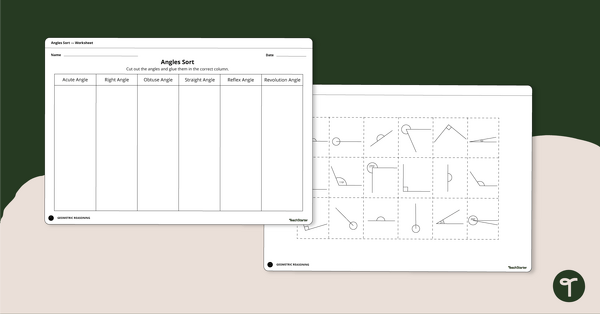


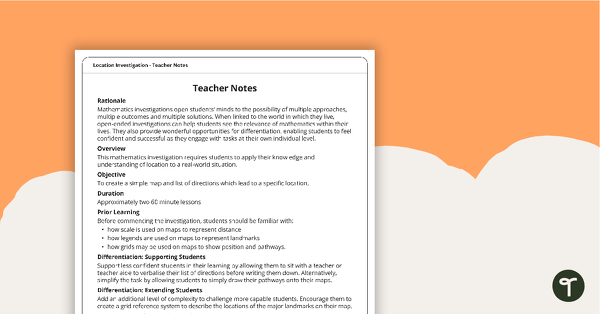
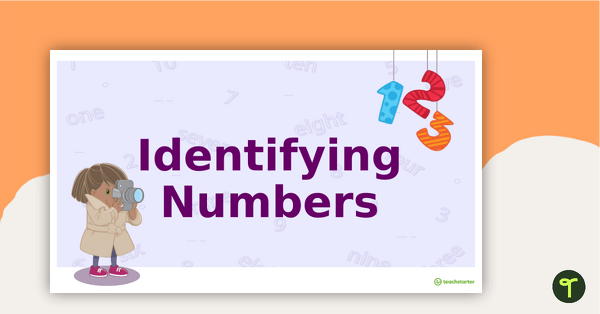
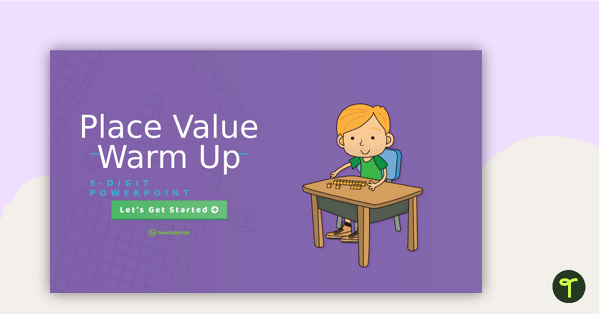
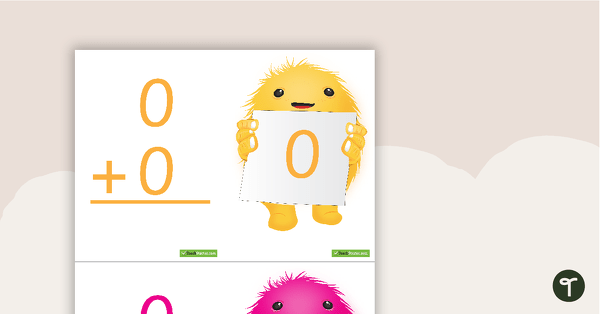
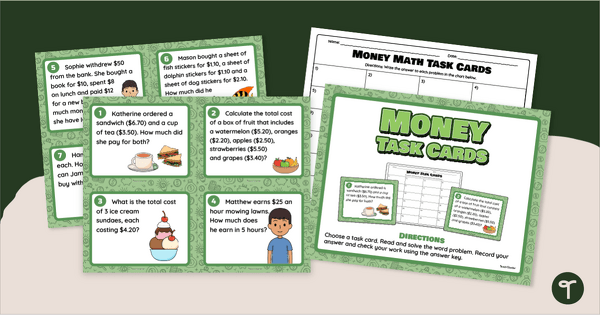
0 Comments
Write a review to help other teachers and parents like yourself. If you'd like to request a change to this resource, or report an error, select the corresponding tab above.